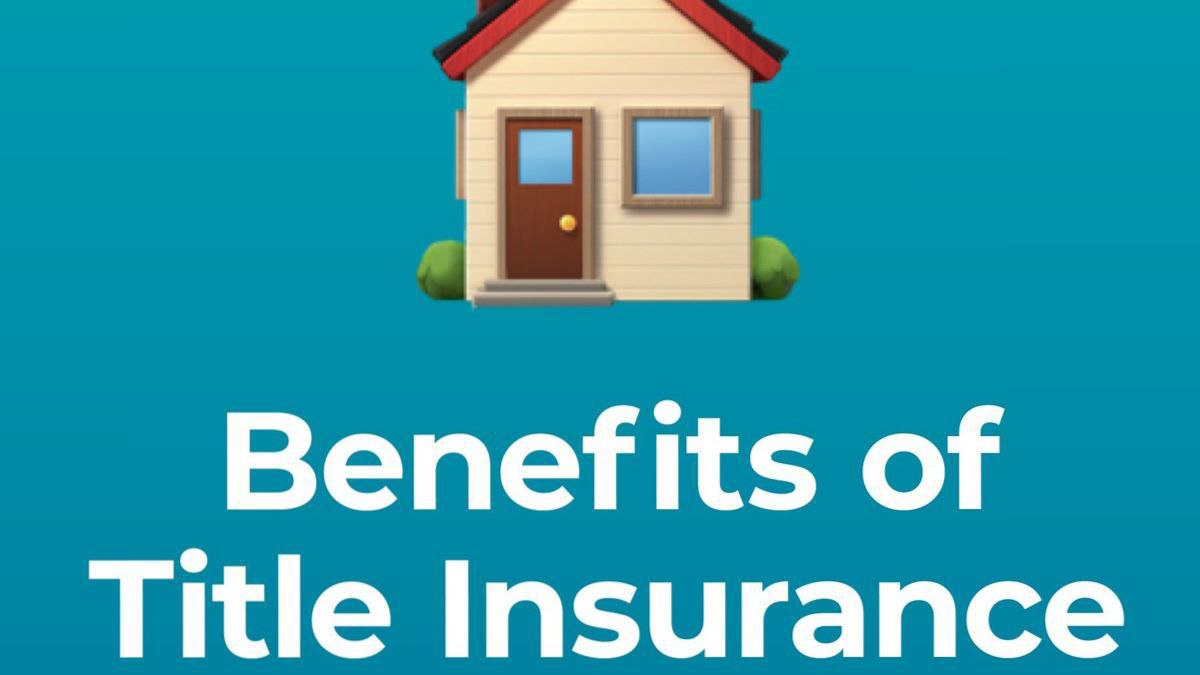Briefly introduce the concept of insurance as a financial safety net. Explain how insurance can help protect finances and manage unexpected risks in life, such as health emergencies, accidents, or property damage.
Outline that with so many policies available—like health, life, vehicle, and property insurance choosing the right one requires careful consideration. Introduce that in this article, you’ll be covering the top five things to look for when buying insurance to help readers make an informed choice.
Understanding Your Needs
1. Identifying Your Insurance Goals
- Explain how to identify individual needs by considering life goals, dependents, and financial responsibilities.
- For example, for someone with dependents, life insurance may be essential; for those with valuable assets, property or auto insurance is a priority.
- Break down personal factors such as family structure, age, lifestyle, and income to determine which type of insurance is most relevant.
2. Short-Term vs. Long-Term Needs
- Differentiate between short-term needs (such as coverage for a limited period) and long-term needs (coverage that extends through retirement or for lifelong health concerns).
- Provide examples, such as term life insurance for loan protection and whole life insurance for estate planning and inheritance.
3. Evaluate Existing Coverage
- Many people have existing coverage through employer-provided insurance or government programs. Encourage readers to review these and assess if additional policies are needed.
Read more…Coal India में 10वीं पास के लिए बिना परीक्षा की भर्ती 2024
Researching Different Types of Insurance Policies
1. Compare Different Policy Types and Options
- Break down major types of insurance-policies, such as:
- Life Insurance: Term, whole life, endowment, and ULIPs (Unit-Linked Insurance Plans).
- Health Insurance: Individual, family floater, and critical illness policies.
- Vehicle and Property Insurance: Comprehensive coverage and third-party liability.
2. Understanding Premiums and Benefits
- Explain how premium costs and policy benefits are closely tied. For example, lower premiums might mean higher deductibles, reduced coverage, or limited benefits.
- Guide readers to find a balance between premium affordability and sufficient coverage.
3. Evaluate Additional Riders and Add-Ons
- Discuss how riders (add-ons) can enhance a base policy. Common riders include:
- Accidental death benefit rider
- Critical illness cover
- Disability income benefit
- Maternity cover in health insurance
- Explain that riders allow for customized policies without needing separate policies for each need.

Check the Insurance Company’s Reputation
1. Financial Strength and Stability
- Emphasize that a company’s financial health is crucial for reliable coverage and claims processing.
- Explain how financial ratings from agencies like AM Best or Moody’s reflect an insurer’s capability to handle claims and financial obligations.
2. Claim Settlement Ratio
- Introduce the concept of the claim settlement ratio (CSR) and how it reflects the insurer’s track record in settling claims.
- Suggest selecting companies with high CSR, as it indicates a higher likelihood of receiving claim benefits when needed.
3. Customer Reviews and Quality of Service
- Mention the importance of checking customer feedback on platforms and forums.
- Discuss how quality of customer service, claim support, and policy renewals are indicators of a company’s reliability.
- Encourage readers to look for companies known for smooth claim processes and responsive customer service.
Premium Costs and Payment Flexibility
1. Budgeting for Premiums
- Advise readers to select a premium amount that fits comfortably within their monthly or yearly budget.
- Mention options for splitting payments (e.g., monthly, quarterly, annual payments) and discuss how annual payments may sometimes come with discounts.
2. Factors That Influence Premiums
- Explain the common factors influencing premiums:
- Age, health, lifestyle (smoking, occupation), term length, and sum assured.
- Point out how insurers may offer lower premiums for younger policyholders or for those with a healthy lifestyle.
3. Flexibility in Payment Options
- Highlight options such as online payments, auto-debit, or standing instructions that can simplify payment.
- Discuss the importance of grace periods—periods allowed for late payments without policy lapse.
Understanding Policy Terms and Conditions
1. Reading the Fine Print
- Stress the importance of reading and understanding the entire policy document, including benefits, exclusions, and policy terms.
- Emphasize that missing small details could lead to issues in claiming benefits later.
2. Waiting Periods, Exclusions, and Co-Pay Clauses
- Define these terms:
- Waiting Periods: The period after policy purchase during which certain benefits are unavailable, especially in health-insurance.
- Exclusions: Events or conditions not covered by the policy, such as pre-existing conditions in health policies or specific damages in property insurance.
- Co-Pay Clauses: The portion of the claim amount that the policyholder must pay out-of-pocket, common in health insurance.
3. Policy Renewal and Lapse Conditions
- Explain how often policies need to be renewed, and outline the importance of renewing on time to prevent lapses.
- Discuss potential penalties or re-evaluation of health conditions if the policy lapses and needs to be restarted.
Conclusion:
Summarize the five major considerations:
- Identifying your needs and insurance goals.
- Exploring the right type of policy and coverage options.
- Checking the insurer’s reputation and reliability.
- Understanding premium costs and payment methods.
- Thoroughly reviewing policy terms and conditions.
Encourage readers to take their time in making this decision, consult with an-insurance advisor if needed, and thoroughly research to select a policy that aligns with their needs and financial situation. Conclude by reiterating that-insurance is not merely a purchase but an investment in personal and financial security.
Additional Elements for a Full-Length Blog Post
- Real-Life Scenarios: Include real-life examples, e.g., how a family was protected during a medical emergency because of health-insurance.
- FAQs Section: Answer common questions like “What is the best age to buy life insurance?” or “Is it better to pay a higher premium for more coverage?”
- Engaging Visuals: Add graphs showing claim settlement ratios or icons representing various types of insurance.






